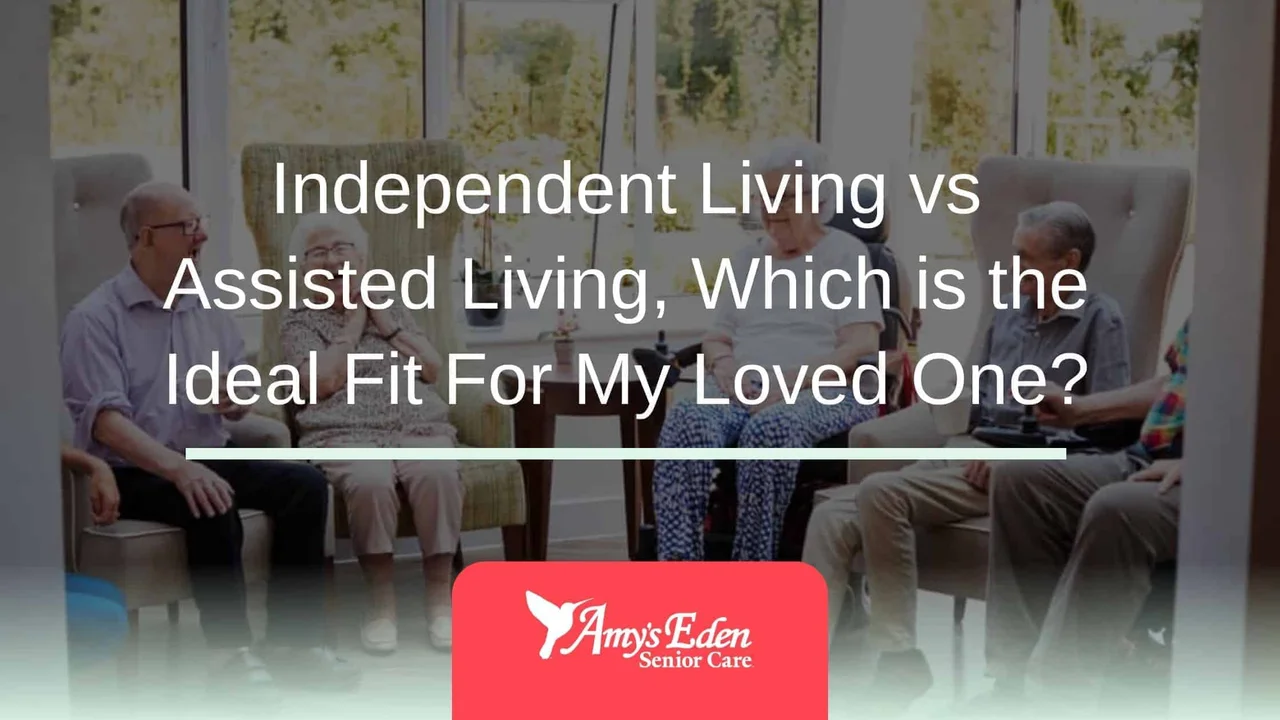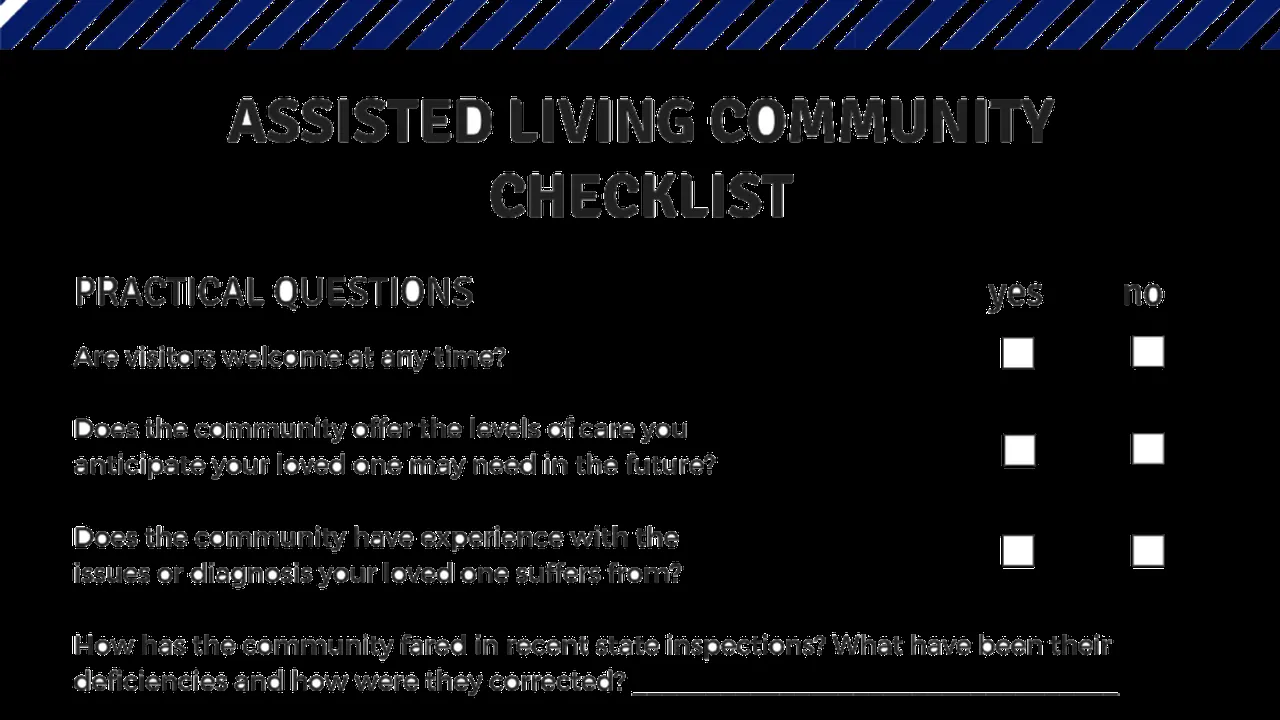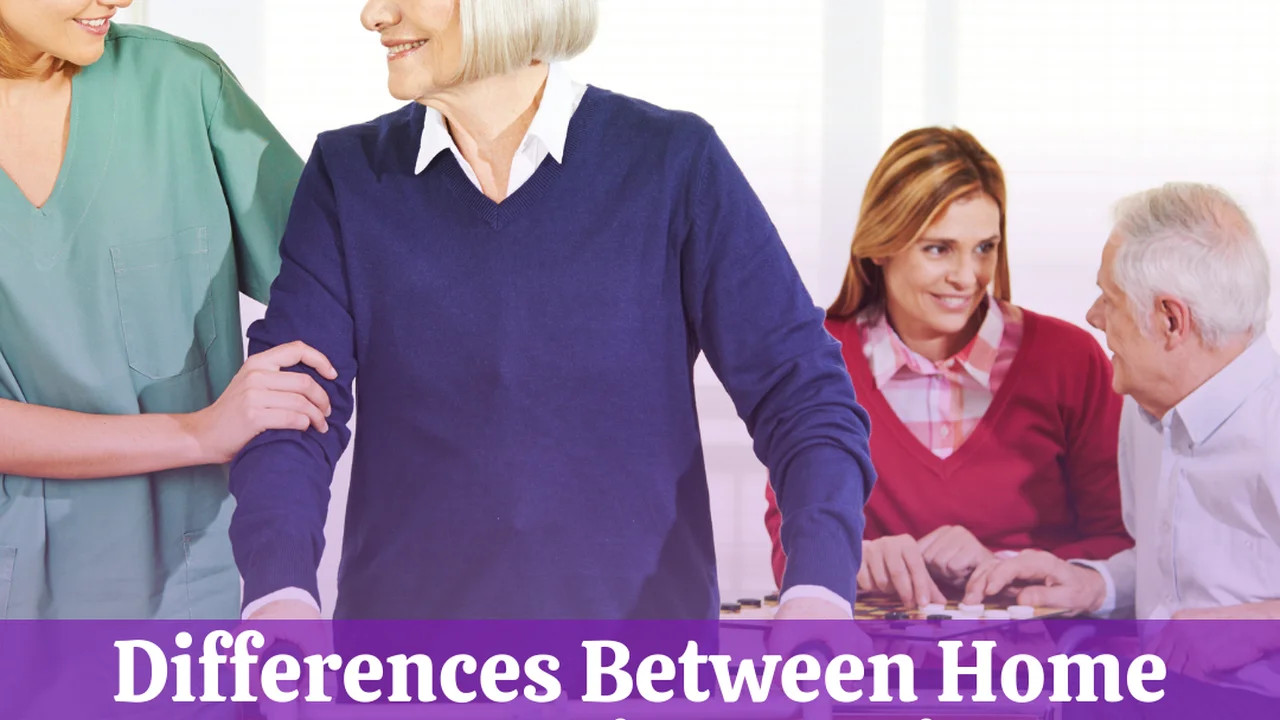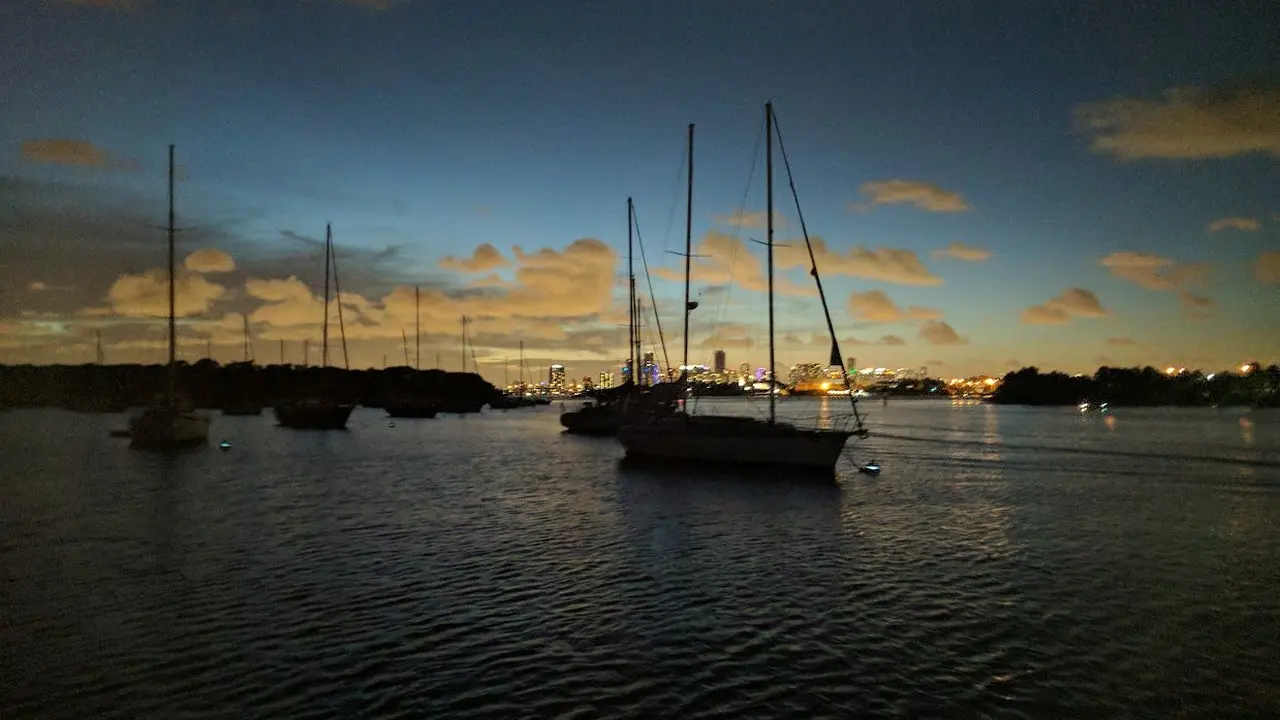Assisted Living Safety Protocols and Emergency Plans
Examine the safety measures, emergency preparedness, and security features in assisted living facilities.
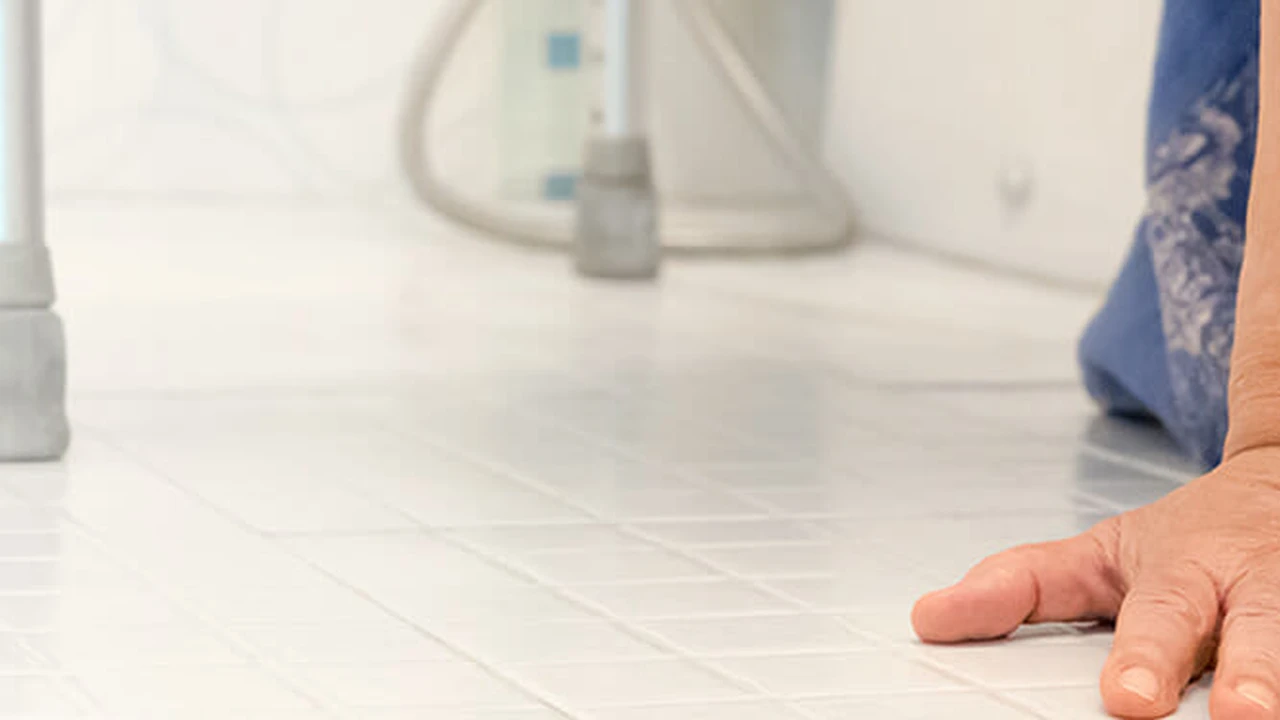
Assisted Living Safety Protocols and Emergency Plans
Understanding Assisted Living Safety Measures and Security Features
When you're looking into assisted living for a loved one, safety is probably right at the top of your mind. And it should be! Assisted living facilities are designed to provide a secure and supportive environment, but it's super important to understand exactly what goes into keeping residents safe. We're talking about everything from how they handle emergencies to the everyday security features that give families peace of mind. Let's dive deep into what you should expect and look for when it comes to safety protocols and emergency plans in assisted living.
Why Safety is Paramount in Assisted Living Environments
Think about it: assisted living residents often have varying levels of physical and cognitive abilities. Some might be a bit unsteady on their feet, others might have memory challenges, and many could have chronic health conditions. This means that a 'one-size-fits-all' approach to safety just won't cut it. Facilities need robust systems in place to prevent accidents, respond quickly when things go wrong, and protect residents from external threats. It's not just about following regulations; it's about creating a true sanctuary where residents feel secure and families can rest easy.
Key Safety Measures in Assisted Living Facilities Preventing Falls and Accidents
Falls are a huge concern for seniors, and assisted living facilities put a lot of effort into preventing them. Here’s what you’ll typically find:
Fall Prevention Strategies and Equipment
- Grab Bars and Handrails: These are everywhere – in bathrooms, hallways, and common areas. They’re strategically placed to provide support where residents need it most.
- Non-Slip Flooring: Carpets are often low-pile, and hard floors are treated to reduce slipperiness, especially in areas prone to spills like dining rooms and kitchens.
- Adequate Lighting: Well-lit hallways, rooms, and outdoor paths are crucial, especially at night. Motion-sensor lights can be a great addition.
- Furniture Placement: Furniture is arranged to allow clear pathways, reducing tripping hazards.
- Personal Alert Systems: Many residents wear pendants or bracelets that allow them to call for help with the push of a button.
- Regular Safety Assessments: Staff regularly assess residents for fall risk and implement personalized care plans, which might include physical therapy or assistive devices.
Medication Management and Administration Safety
Proper medication management is critical to prevent errors. Assisted living facilities typically have strict protocols:
- Licensed Staff: Medications are usually administered by trained and licensed staff, such as nurses or certified medication aides.
- Secure Storage: Medications are kept in locked cabinets or rooms, preventing unauthorized access.
- Double-Checking Systems: Many facilities use systems where two staff members verify medication before administration, or they use electronic medication administration records (eMARs) to reduce human error.
- Regular Reviews: Resident medications are regularly reviewed by a pharmacist or physician to ensure they are still appropriate and to check for potential interactions.
Infection Control Protocols and Health Monitoring
Especially after recent global health events, infection control is more important than ever:
- Hand Hygiene: Hand sanitizer stations are ubiquitous, and staff are rigorously trained in proper handwashing techniques.
- Sanitization Schedules: Common areas, high-touch surfaces, and resident rooms are cleaned and disinfected regularly.
- Isolation Procedures: Protocols are in place for isolating residents with contagious illnesses to prevent spread.
- Vaccination Programs: Many facilities encourage or facilitate flu shots and other recommended vaccinations for residents and staff.
- Health Monitoring: Staff monitor residents for signs of illness and can quickly escalate concerns to medical professionals.
Emergency Preparedness Plans What to Expect
Emergencies can happen, and a good assisted living facility will have clear, well-rehearsed plans for various scenarios.
Fire Safety and Evacuation Procedures
- Fire Alarms and Sprinkler Systems: These are standard and regularly inspected.
- Evacuation Routes: Clear, well-marked evacuation routes are posted throughout the facility.
- Drills: Regular fire drills are conducted to ensure both staff and residents know what to do.
- Staff Training: Staff are trained in using fire extinguishers, assisting residents with mobility issues during evacuation, and accounting for all residents.
- Emergency Lighting: Backup lighting systems ensure visibility during power outages.
Natural Disaster Preparedness Hurricanes Earthquakes Floods
Depending on the location, facilities will have specific plans for natural disasters:
- Communication Plans: How will families be updated? What are the designated communication channels?
- Shelter-in-Place vs. Evacuation: When is it safer to stay put, and when is evacuation necessary? Facilities will have protocols for both.
- Emergency Supplies: Stockpiles of food, water, medications, and other essentials for at least several days.
- Generator Power: Backup generators to ensure essential services like lighting, heating/cooling, and medical equipment continue to function.
- Transportation Plans: If evacuation is needed, how will residents be transported, especially those with mobility challenges?
Medical Emergency Response and First Aid
- On-Call Medical Staff: Access to nurses or other medical professionals 24/7.
- First Aid and CPR Certified Staff: A significant portion of the staff should be trained in basic first aid and CPR.
- Emergency Call Systems: Beyond personal pendants, rooms and common areas often have pull cords or buttons to summon help.
- Protocols for Specific Conditions: Plans for responding to common senior medical emergencies like strokes, heart attacks, or severe falls.
Security Features Protecting Residents and Property
Beyond internal safety, external security is also a major consideration.
Controlled Access and Visitor Management Systems
- Secured Entrances: Main doors are often locked and require key cards, codes, or staff assistance for entry.
- Visitor Sign-In: All visitors are typically required to sign in and out, providing a record of who is in the building.
- Security Cameras: Strategically placed cameras monitor entrances, exits, and common areas.
- Staff Monitoring: Staff are trained to recognize unfamiliar faces and question unescorted visitors.
Wander Management Systems for Memory Care Residents
For facilities with memory care units, wander management is crucial:
- Secure Perimeters: Memory care units have secured entrances and exits to prevent residents from wandering off.
- Wearable Devices: Residents may wear bracelets that trigger an alarm if they approach an exit.
- Delayed Egress Doors: Doors that don't immediately open, giving staff time to respond.
- Enclosed Outdoor Spaces: Safe, secure outdoor areas allow residents to enjoy fresh air without risk of wandering.
Personal Alert Systems and Emergency Call Buttons
These are vital for residents to summon help quickly:
- Wearable Pendants/Bracelets: As mentioned, these allow residents to call for help from anywhere in the facility or even just outside their room.
- Wall-Mounted Call Buttons: Often found in bathrooms and bedrooms, these provide a backup way to alert staff.
- Two-Way Communication: Many systems allow residents to speak directly with a staff member when they activate an alert.
Technology Enhancing Safety and Security in Assisted Living
Modern technology plays a huge role in boosting safety and security. Here are some cool innovations:
Smart Monitoring Devices and Wearables
- Fall Detection Sensors: Some wearables can automatically detect a fall and alert staff, even if the resident can't press a button.
- GPS Trackers: For residents prone to wandering, discreet GPS trackers can help locate them quickly if they leave the facility.
- Activity Monitors: Sensors in rooms can monitor activity patterns, alerting staff to unusual inactivity or nighttime wandering that might indicate a problem.
Remote Monitoring and Telehealth Integration
- Telehealth Kiosks: Some facilities offer telehealth services, allowing residents to consult with doctors remotely, reducing the need for transport and exposure to external illnesses.
- Remote Vitals Monitoring: Devices can automatically track blood pressure, heart rate, and other vitals, sending data directly to care staff or medical professionals for early detection of issues.
Access Control Systems and Video Surveillance
- Biometric Access: Some advanced facilities use fingerprint or facial recognition for staff access, enhancing security.
- AI-Powered Surveillance: Newer camera systems can use AI to detect unusual activity, loitering, or even falls, alerting staff proactively.
Recommended Safety and Security Products for Assisted Living
While facilities have their own systems, understanding some of the underlying technologies and products can be helpful. Here are a few examples of products or types of products that contribute to safety, along with their typical use cases and approximate pricing:
1. Personal Emergency Response Systems (PERS)
- Product Example: Medical Guardian Mobile 2.0
- Use Case: For residents who want the ability to call for help from anywhere, both inside and outside the facility. It's great for active seniors who might go for walks or spend time in common areas.
- Features: GPS tracking, fall detection, two-way communication, water-resistant.
- Comparison: Many PERS devices exist. Medical Guardian is known for its reliable service and advanced features. Others like Bay Alarm Medical or Life Alert offer similar services but might vary in device features or monitoring center response times. Some are purely in-home, while others offer mobile capabilities.
- Approximate Pricing: Typically a monthly subscription ranging from $30 to $60 USD, with potential one-time equipment fees of $0 to $150 USD. Fall detection usually adds an extra $10-$15 USD per month.
2. Wander Management Systems (RFID/GPS)
- Product Example: Accutech ResidentGuard LS2400
- Use Case: Primarily for memory care units to prevent residents with dementia or Alzheimer's from wandering off the premises.
- Features: RFID-enabled bracelets worn by residents, door alarms triggered upon approach, central monitoring software for staff. Some systems integrate with access control to automatically lock doors.
- Comparison: Accutech is a leading provider in this specialized field. Other systems like Stanley Healthcare's Arial or Secure Care Products offer similar solutions. The main differences lie in the sophistication of the software, integration capabilities with other facility systems, and the range/reliability of the RFID tags.
- Approximate Pricing: These are institutional systems, so pricing is complex and depends on the size of the facility and the number of residents. A full system installation can range from $10,000 to $50,000+ USD, plus ongoing maintenance.
3. Smart Fall Detection Sensors (Non-Wearable)
- Product Example: SafelyYou AI-Powered Fall Detection
- Use Case: For rooms where residents might be at high risk of falls, especially at night or in bathrooms, providing an extra layer of protection without requiring the resident to wear anything.
- Features: Uses AI and camera technology (often privacy-focused, not recording faces) to detect falls in real-time and alert staff. Can differentiate between a fall and a resident simply sitting down.
- Comparison: SafelyYou is a prominent player, focusing specifically on AI-driven fall detection. Other companies like CarePredict offer broader activity monitoring that includes fall detection. The key differentiator is the accuracy of fall detection and the privacy measures in place (e.g., only sending alerts, not video streams).
- Approximate Pricing: This is a B2B solution for facilities. Pricing is typically per room or per resident, often a monthly fee ranging from $50 to $150 USD per resident, depending on the scale of deployment.
4. Advanced Access Control Systems
- Product Example: HID Global Access Control Solutions
- Use Case: Managing entry and exit points for staff, visitors, and residents, ensuring only authorized individuals can access certain areas.
- Features: Key card readers, biometric scanners (fingerprint, facial recognition), integration with visitor management software, audit trails of all entries and exits.
- Comparison: HID Global is a leader in access control. Other major players include LenelS2, Honeywell, and Genetec. Differences often come down to scalability, integration with other security systems (like CCTV), and the type of credentials supported (cards, mobile, biometrics).
- Approximate Pricing: For a comprehensive facility-wide system, costs can range from $5,000 to $50,000+ USD for hardware and software, plus installation and ongoing licensing fees.
Questions to Ask About Safety and Emergency Plans
When you're touring assisted living facilities, don't be shy about asking tough questions. Here are some must-asks:
- How often do you conduct fire drills and other emergency drills?
- What is your staff-to-resident ratio, especially during nights and weekends?
- How quickly can staff respond to an emergency call from a resident?
- What specific measures do you have in place to prevent falls?
- How do you manage and administer medications to ensure accuracy?
- What are your protocols for managing infectious diseases?
- How do you handle visitors and ensure only authorized people enter the facility?
- Do you have a wander management system, and how does it work?
- What kind of backup power do you have in case of an outage?
- How do you communicate with families during an emergency or natural disaster?
- What training do your staff receive regarding emergency procedures and resident safety?
Ensuring Peace of Mind Through Robust Safety Measures
Ultimately, the goal of robust safety protocols and emergency plans in assisted living is to provide a secure, comfortable, and worry-free environment for residents and their families. It's about proactive prevention, swift response, and continuous vigilance. By understanding what to look for and asking the right questions, you can feel confident that your loved one is in a safe and caring place. Don't settle for anything less than a facility that prioritizes safety as its absolute top concern.
:max_bytes(150000):strip_icc()/277019-baked-pork-chops-with-cream-of-mushroom-soup-DDMFS-beauty-4x3-BG-7505-5762b731cf30447d9cbbbbbf387beafa.jpg)



